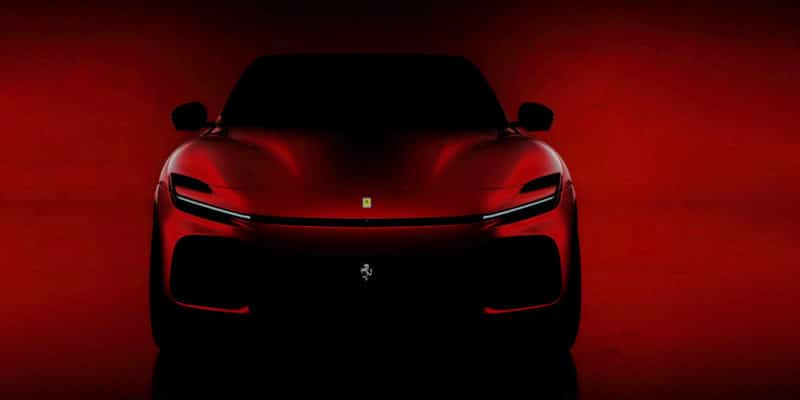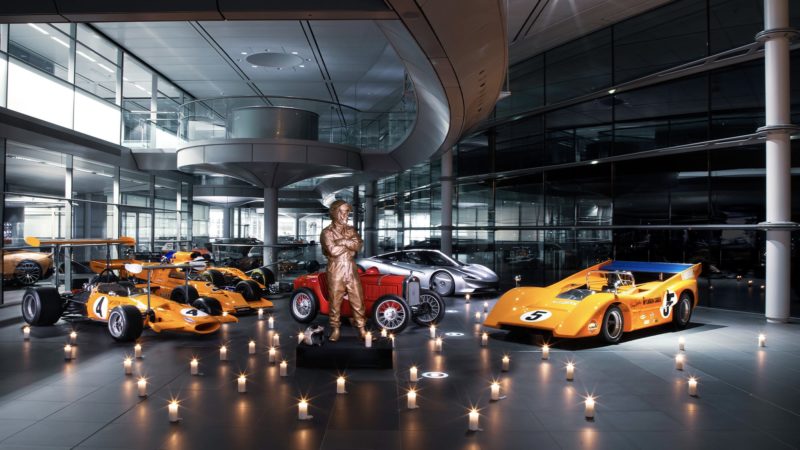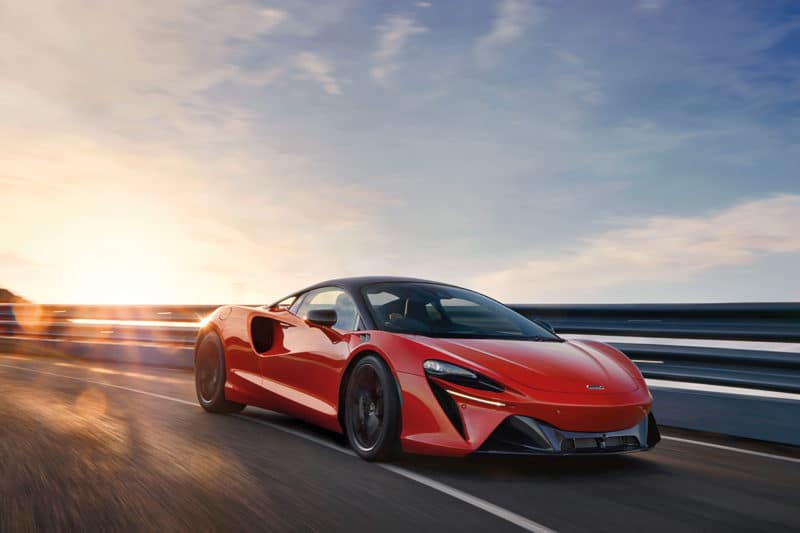The Artura, then, was the turnaround car and remained that way despite its launch being pushed back and back due to ongoing issues with its state-of-the-art electronics. But when finally launched, its prospects were done no favours by what was euphemistically described by Autocar as ‘a thermal incident’ at the Ascari race resort. Reports of Arturas bursting into flames were wildly exaggerated but the damage was done.
And yet, despite it all, I am optimistic for the future of the company, and for several reasons. The first is new boss Michael Leiters, who is a very heavy hitter indeed, an engineer responsible for the Porsche Cayenne and most of Ferrari’s world-beating current line-up. When I asked him to name his first priority for the company, he named three: “quality, quality and quality”. He pulls no punches when discussing McLaren’s recent woes – easier when none of them happened on his watch – and has a clear vision for its future, at the front and centre of which lies, wait for it, an SUV.
This is as large a volte face as that performed by Ferrari whose position on this subject flipped from the essentially ‘over my dead body’ stance of Luca di Montezemolo to numero uno priority when he was replaced by the late Sergio Marchionne. I’ll be driving the result, the Purosangue, next month.

McLaren will follow in Purosangue (above) and DBX footsteps with an SUV
Ferrari
A McLaren SUV? Yours will not be the only lip arching north at the thought. But really it shouldn’t. The point so brilliantly pioneered by Leiters and his team at Porsche all those years ago is that SUVs are golden geese: by defying decades of industry wisdom that said you could sell a lot of cars for a small margin or vice-versa but never both, he helped turn Porsche into the most profitable car company of them all.
But how? I still regard one of the most astonishing engineering accomplishments of the modern motor industry the fact that Aston Martin built the DBX on a brand new bespoke platform in a brand new bespoke factory with, so far as I am aware, no quality control horror stories resulting. When this also amounted to sound financial sense is another question entirely. All I can tell you is that when I asked Leiters if he fancied the same approach, I wouldn’t say he laughed in my face, but he made it as clear as can be that would not be a road he’d be going down.



